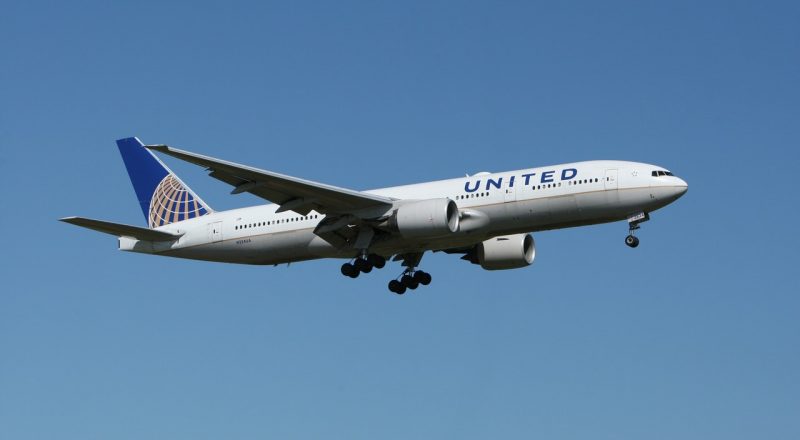Airplanes contain many parts that work together to allow people to fly from one place to another quickly and safely. While there are some differences between smaller and larger aircraft, there are features that are common to all planes. Here are three parts of an airplane and what they do.
1. Wings
The wings of an aircraft are what generate the majority of the lift used to keep the plane off the ground. The force that opposes the plane’s motion in the air is known as aerodynamic drag. To overcome this drag, the wings of an airplane are built so that air can quickly move over the tops of the wings. The next time you fly somewhere, appreciate all of the aircraft rivets keeping the wings together and helping the plane stay in the air.
2. Engines
Jet engines use thrust to create a force that allows them to travel at a tremendously high speed. Jets have at least two engines, but larger jets can have up to four. Planes can fly with no engines, but they will lack the power needed to use many cockpit instruments and provide electricity to the area of the plane where passengers sit. For these reasons, it is not ideal to fly for very long with no engines.
3. Fuselage
The fuselage is the long, cylindrical body of an airplane that holds everything inside the aircraft, from passengers to cargo to flight equipment. The fuselage is made to be slightly stretchy, expanding at higher altitudes as the pressure inside the plane cabin increases and detracting as the plane descends to lower altitudes. Despite its name, the fuel used for an aircraft is not stored in the fuselage but rather in the wings of most commercial airplanes.
The next time you are on a plane, think about these three parts and the functions that they perform.
